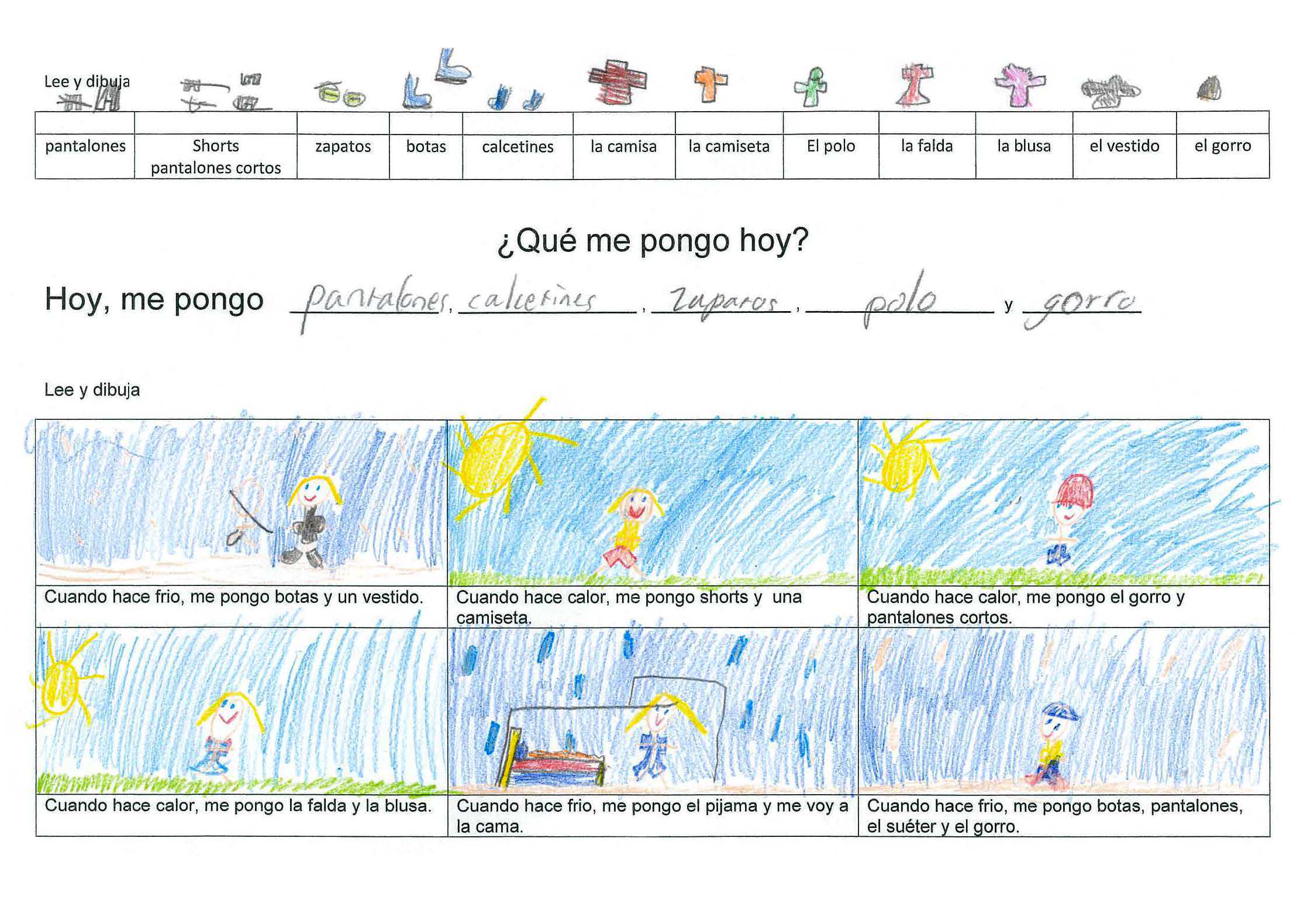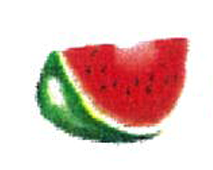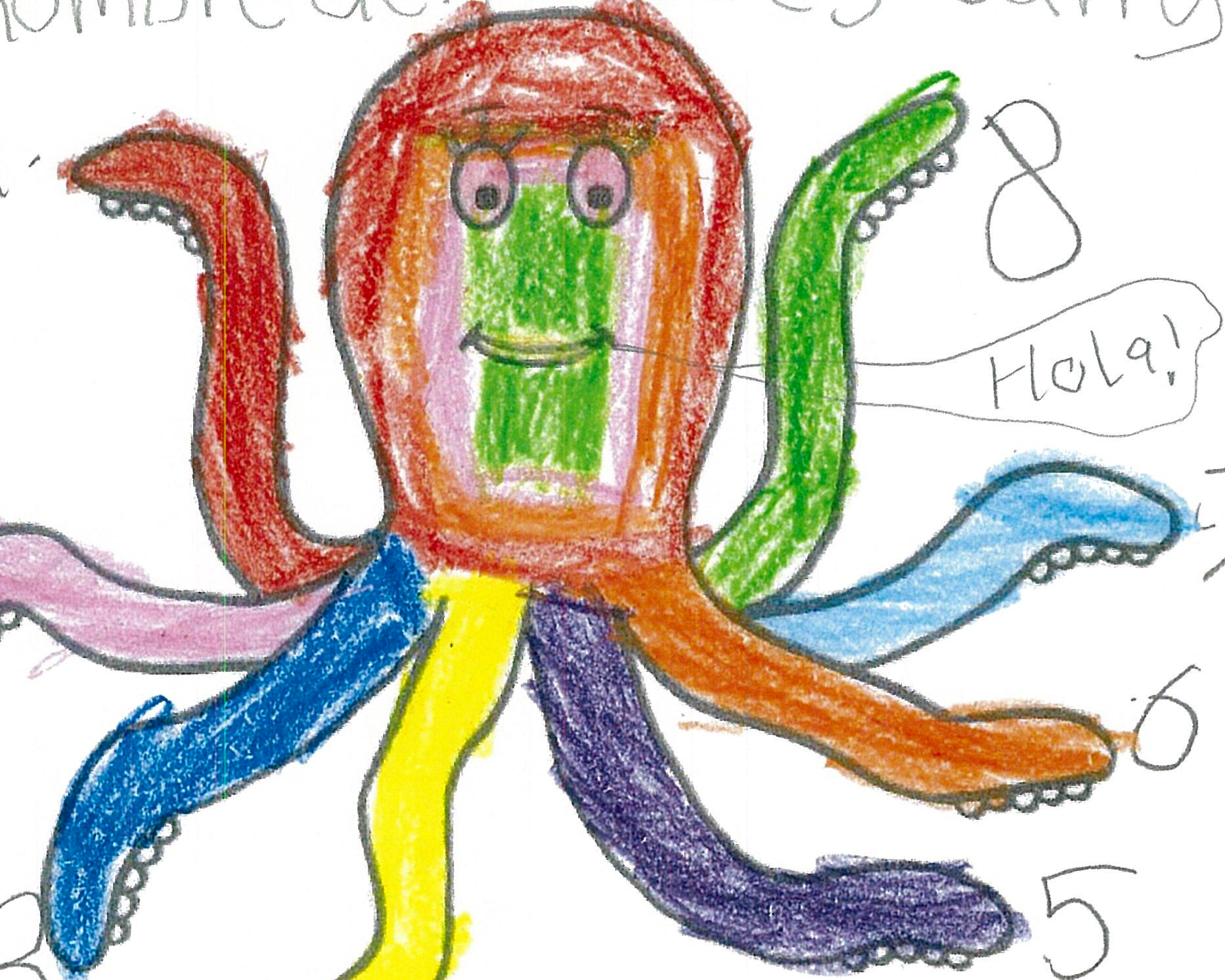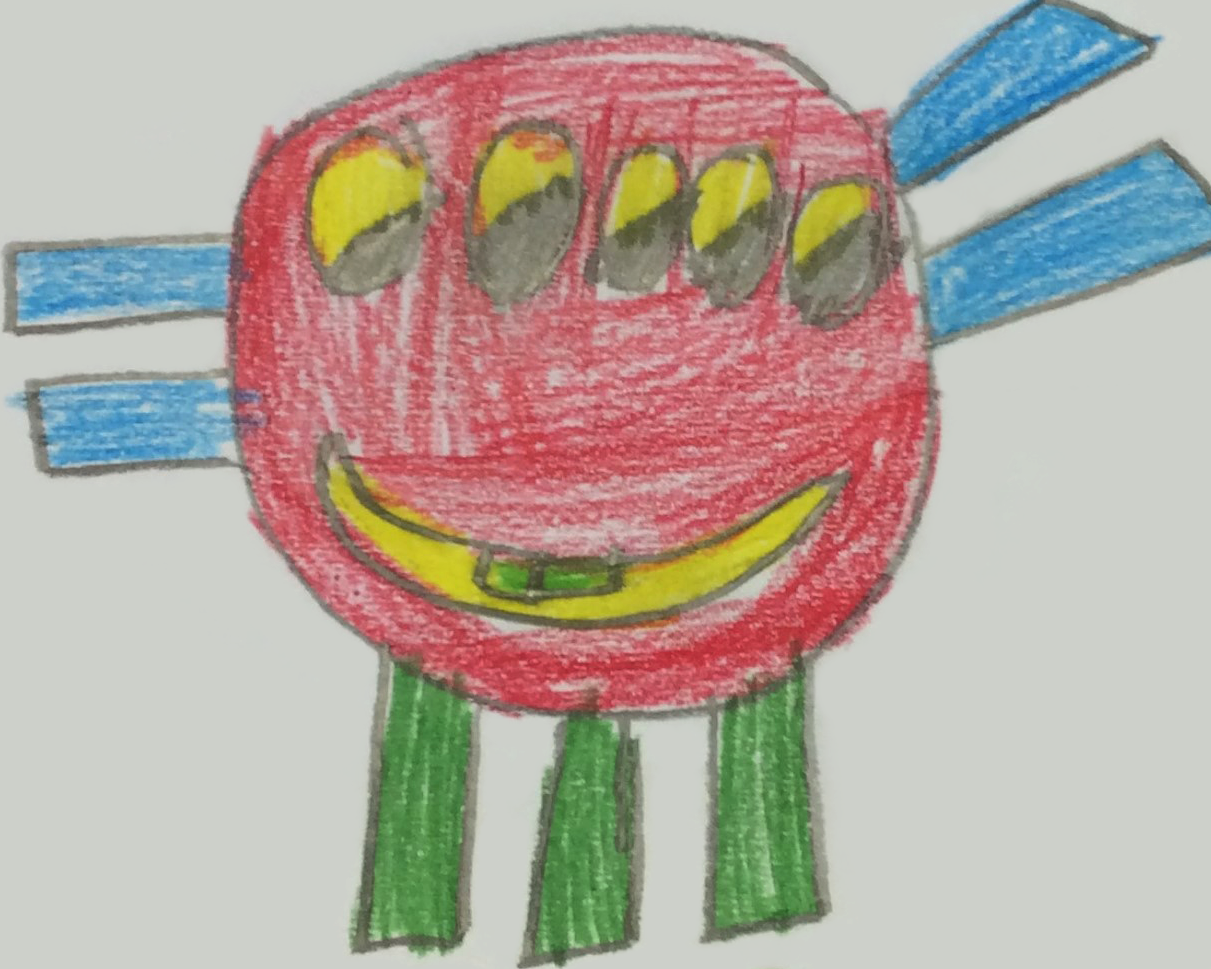By the end of Year 2, students interact with teachers and peers through action-related talk and play. They introduce themselves and exchange greetings such as Buenos días/tardes/noches, and farewells (for example, hasta pronto). They use simple repetitive language and respond to simple instructions when participating in classroom routines, games and shared activities, for example, Sal de aquí, Párate en la puerta. They use visual, non-verbal and contextual cues such as intonation, gestures and facial expressions to help make meaning, and reproduce distinctive sounds of the Spanish language, including the sounds for the letters ll, ñ, rr/r g/j, c and y. Students identify specific words and expressions in simple texts, such as names of people, places or objects. They convey factual information about self, family, friends and favourite things at word and simple sentence level, for example, Mi casa es grande, Nuestro ordenador es pequeño, Tu celular es nuevo. They respond to and create simple spoken and written texts using modelled examples and formulaic language. Students use gender (for example, el pastel/la torta), simple verb forms (for example, estudiar, comer, dormir), definite articles and vocabulary related to familiar environments to describe people, places and things. Students translate frequently used words and simple phrases, using visual cues and word lists (for example, clase, zapatos, camisa, teléfono/celular) and create simple print and digital texts in both Spanish and English. They identify similarities and differences between English and Spanish language and culture in songs, stories, rhymes and pictures.
Students know that Spanish uses the same alphabet as English when written, except for ñ as in mañana and España. They identify features of familiar texts and give examples of how different titles are used to address people in different situations (for example, Doña Josefa, Don José, Tía). They identify Spanish as one of many languages spoken in Australia and give examples of words that English and Spanish have borrowed from each other such as chat, ‘tortilla’, ‘fiesta’. Students identify differences and similarities between their own and others’ languages and cultures.








